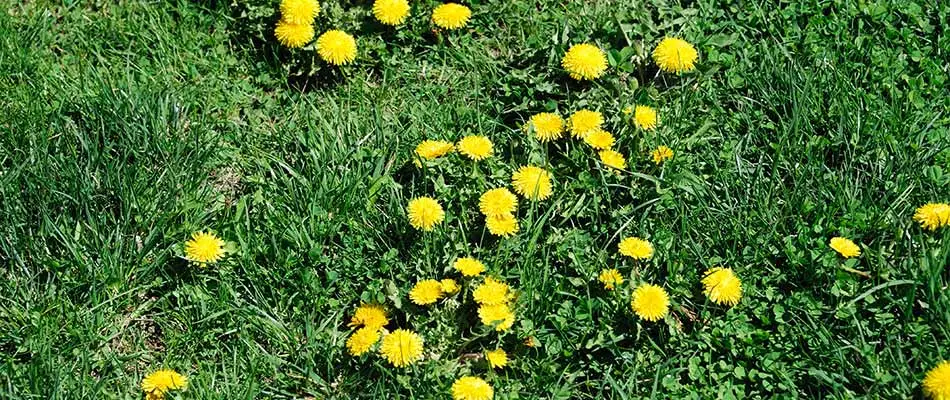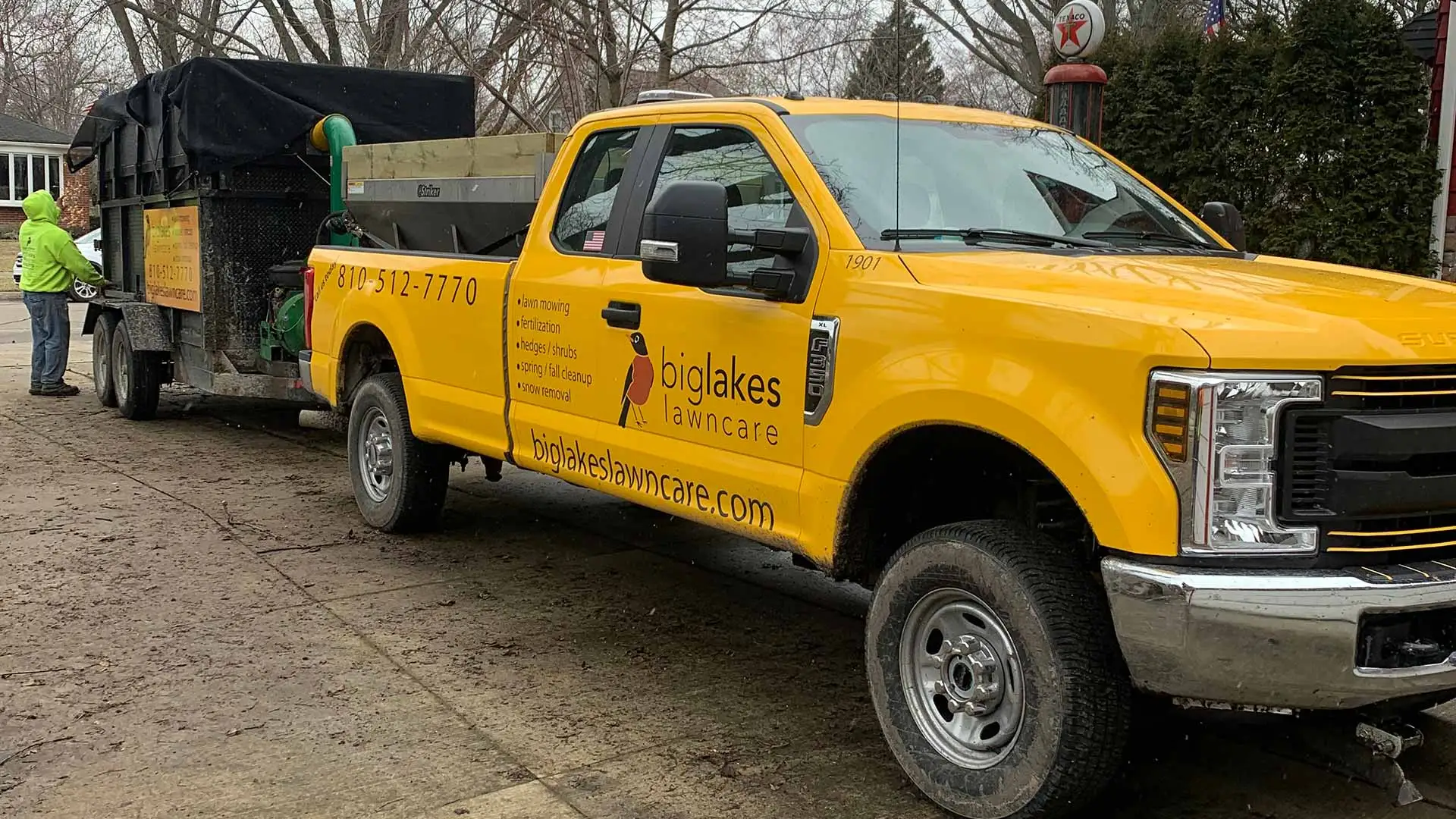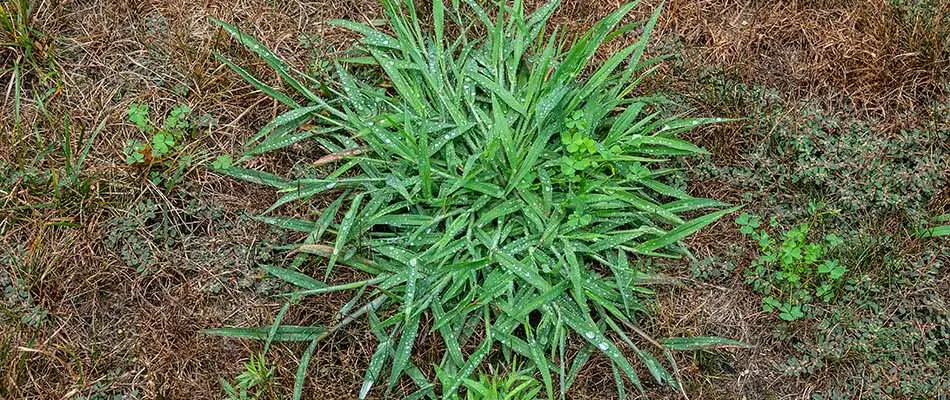Weeds are unwanted plants that offer no value to your lawn. They are persistent, even in the summer season. Summer weeds thrive during the hot summer months and eradicating them is vital to maintain your curb appeal. Correctly identifying summer weeds will help you pick the best course of action to get rid of them and maybe even prevent them from growing in the first place.
Crabgrass and dandelion are examples of summer weeds you need to be wary of. They are invasive weeds that can take over your lawn if not properly managed. Continue reading to learn about how to identify the peskiest summer weeds.
1. Crabgrass
Crabgrass is a summer weed often seen in lawns with their prominent light green leaves. There are two different types of crabgrass: smooth and large. The most notable difference between them is their leaves - smooth crabgrass has smooth leaves while large crabgrass has hairy leaves. The large crabgrass weed has longer branches that can grow up to two feet if not mowed.
Crabgrass seeds germinate in early spring and will grow in summer. Before summer ends, crabgrass sets seeds that can either grow into new weeds the next year or it can go into dormancy for several years before germinating. Crabgrass prefers areas in your turf that receive enough sunlight and overwatering.
We recommend tackling crabgrass before its seeds germinate; applying pre-emergent herbicides is the best way to prevent their growth. Timing is critical when applying herbicides, and with pre-emergent solutions, we can tackle the weeds early on before they can grow and spread throughout your lawn.
According to Michigan State University, about 90% of crabgrass in the lawns of Michigan are smooth crabgrass.
2. Dandelion

Dandelions are perennial weeds that reproduce through seeds. They are famous for their yellow flowers that often signify the start of spring. They spread through roots and seeds and their seedlings flourish throughout the summer. Dandelions are very persistent and resilient because they can withstand even the cold conditions we experience in Michigan.
Although they look pretty, they can quickly take over your turf, leaving you with a yard that looks disorganized with yellow flowers everywhere.
No single solution can eradicate dandelions because of their robust reproduction. A combination of pre and post-emergent weed control can help manage dandelions. Regular turf maintenance will also help your lawn fight off these weeds. To give your grass long-term strength, try some of these steps:
- Maintain a dense turf by overseeding.
- Keep your soil well fertilized
- Mow your lawn often
- Avoid pulling dandelions by hand. This removal tactic will only be effective if you remove the whole taproot. This is hard to do because dandelion roots can grow up to three feet long.
3. Henbit
The hairy-stemmed henbit is a weed that has heart-shaped leaves with jagged teeth in its borders. Their stems can grow up to 16 inches and they produce pink to purple flowers as early as March. Henbits are found in undisturbed areas of your lawn. They thrive in moist and shady conditions and can produce up to 2,000 seeds per plant.
Homeowners should monitor henbit growth on their property because they will overpopulate the lawn when left unmanaged, stealing nutrients from desired plants. A well-maintained lawn that is regularly mowed, fertilized, and hydrated will be undesirable for henbits. On top of properly maintaining your lawn, pre and post-emergent herbicides will bolster your efforts to control henbit growth.
4. Bull Thistle
Another summer weed you need to watch out for is the bull thistle. These weeds are biennial, which means they complete their life cycle within two growing seasons. Bull thistles have deeply-lobed alternating leaves with stems that can grow up to five feet tall in their second year. Pink and purple flowers emerge in June during their second year of growth. They spread through seeds found in the weed's flower head.
Vacant areas that absorb enough sun promote bull thistle growth. This weed becomes problematic when it reaches its maximum height because it can cover your smaller plants, limiting the sunlight they can absorb. We recommend a post-emergent herbicide application to remove bull thistles in your lawn.
Bull thistles have sharp spines along their stem and their leaves have rough, bristly hairs.
Talk to us today to schedule our weed control services!
Summer weeds do not take a summer vacation when it comes to damaging your lawn. Good thing our lawn care professionals here at Big Lakes Lawncare do not rest, either! Our 6-step weed control program utilizes pre and post-emergent treatments to ensure we leave no stone unturned when dealing with persistent weeds. We also do free spot treatments for weed growth in between visits.
Our weed control program is available to HOA, residential, and commercial properties in Macomb, Shelby, Chesterfield, MI and surrounding cities. Call us today at (586) 200-0855 to enroll in our program.




Comments (0)
Thanks for your comment!
Thanks for your feedback! Your comments have been successfully submitted! Please note, all comments require admin approval prior to display.
Error submitting comment!
There is a problem with your comment, please see below and try again.